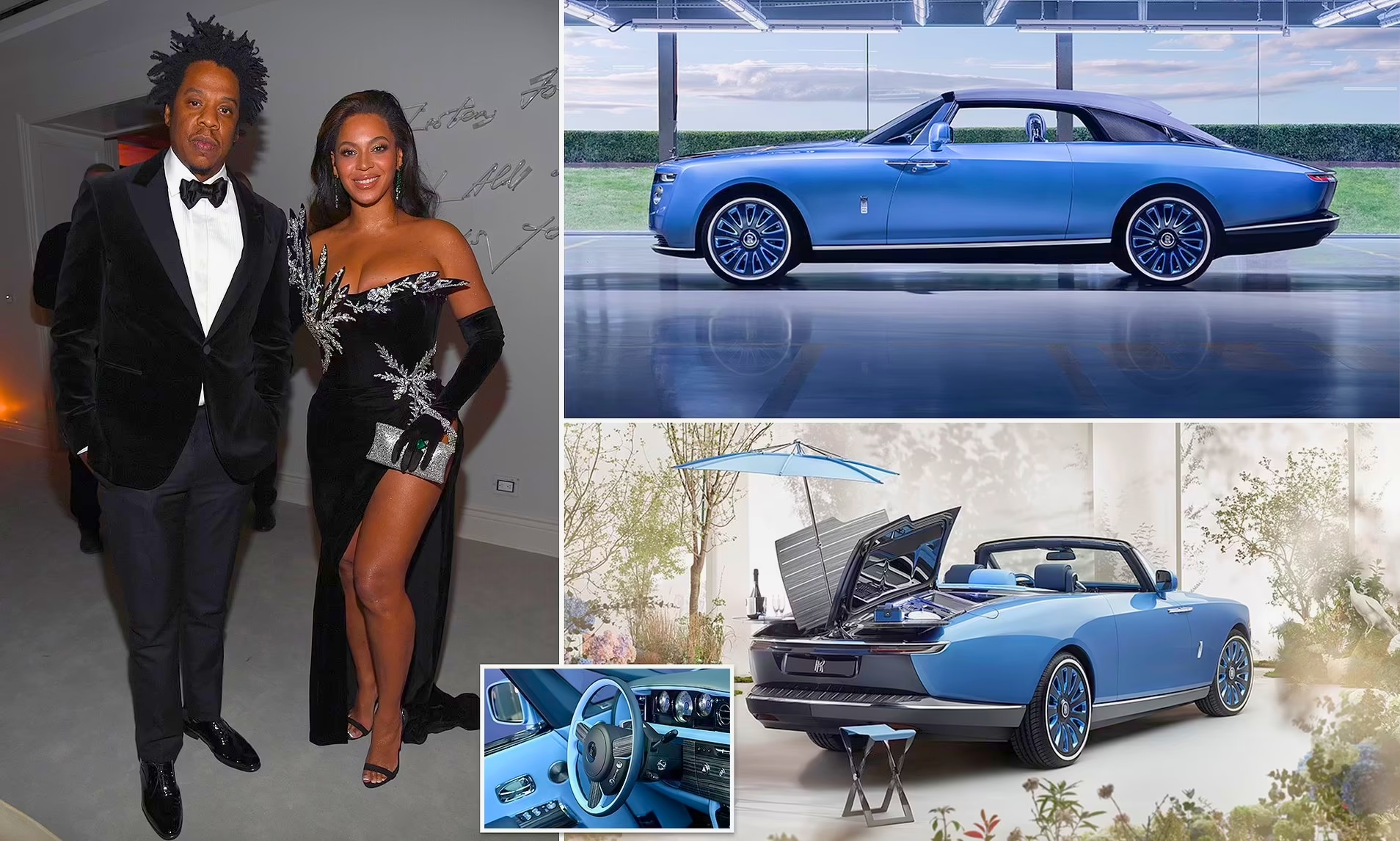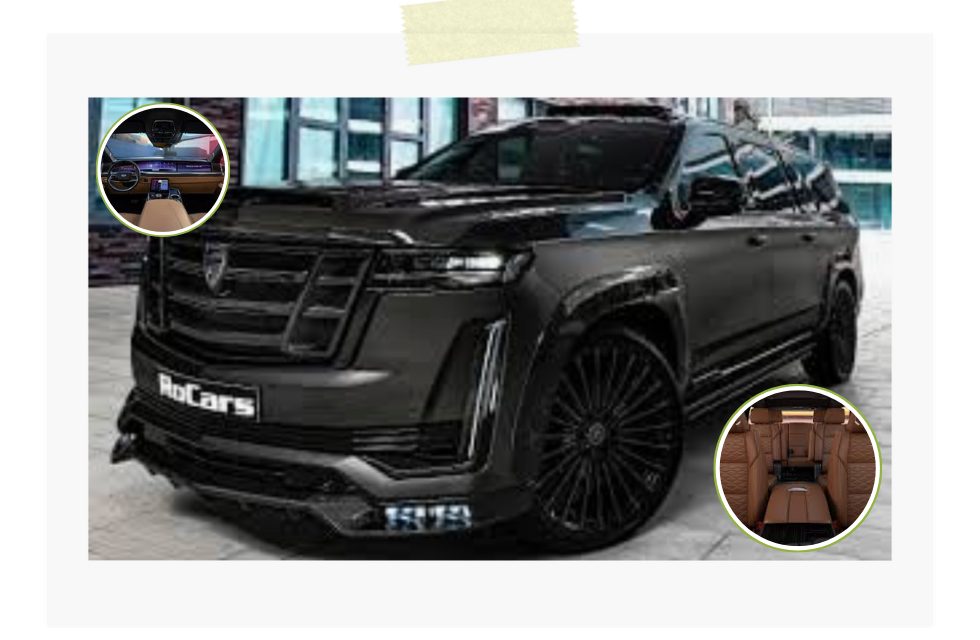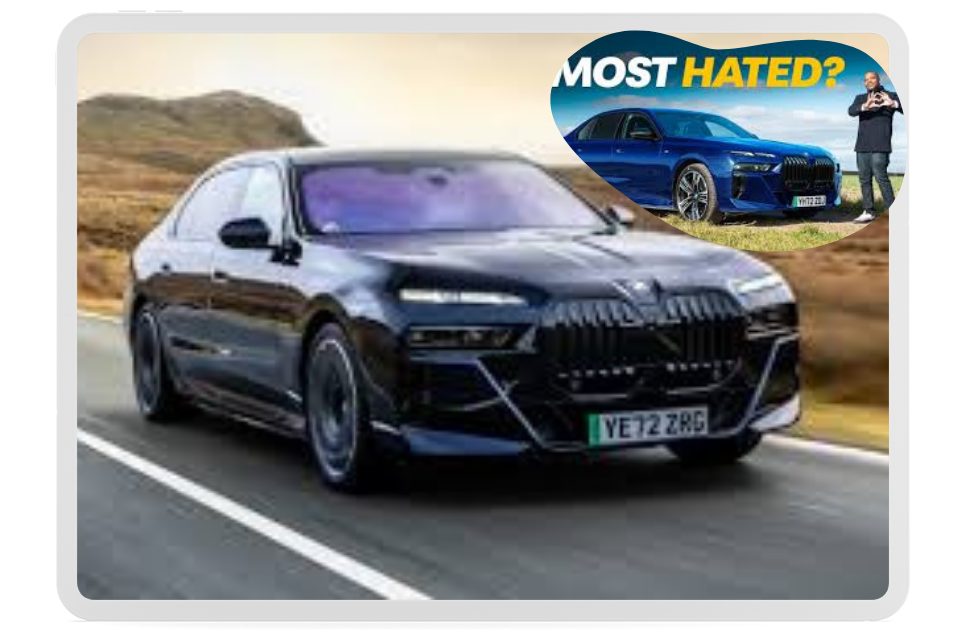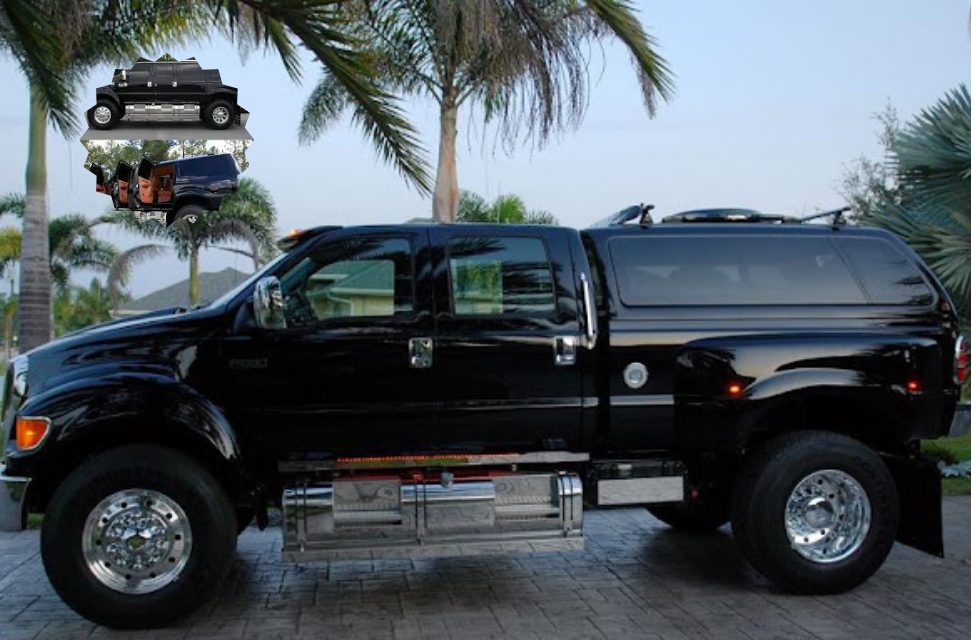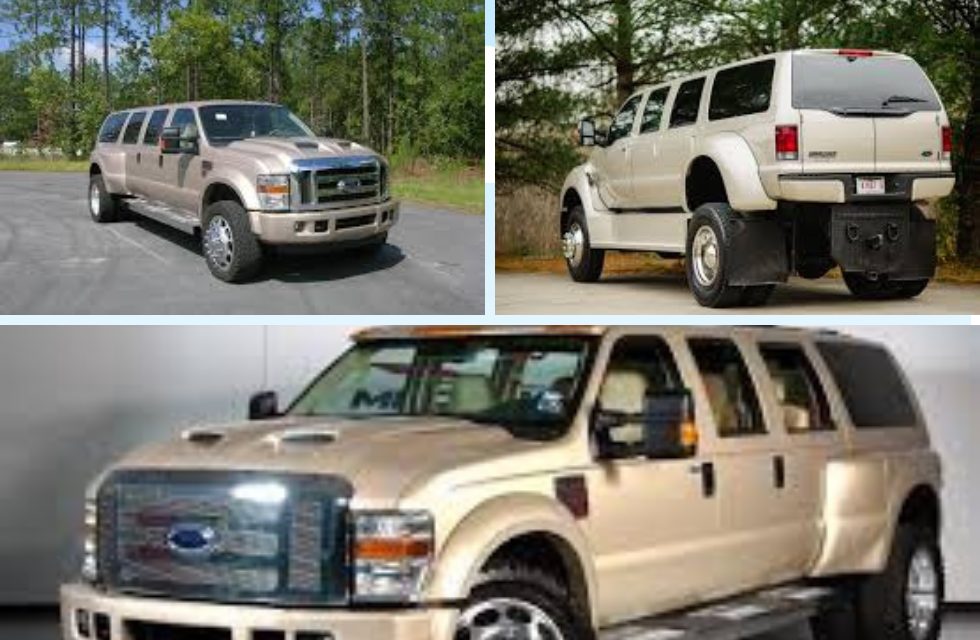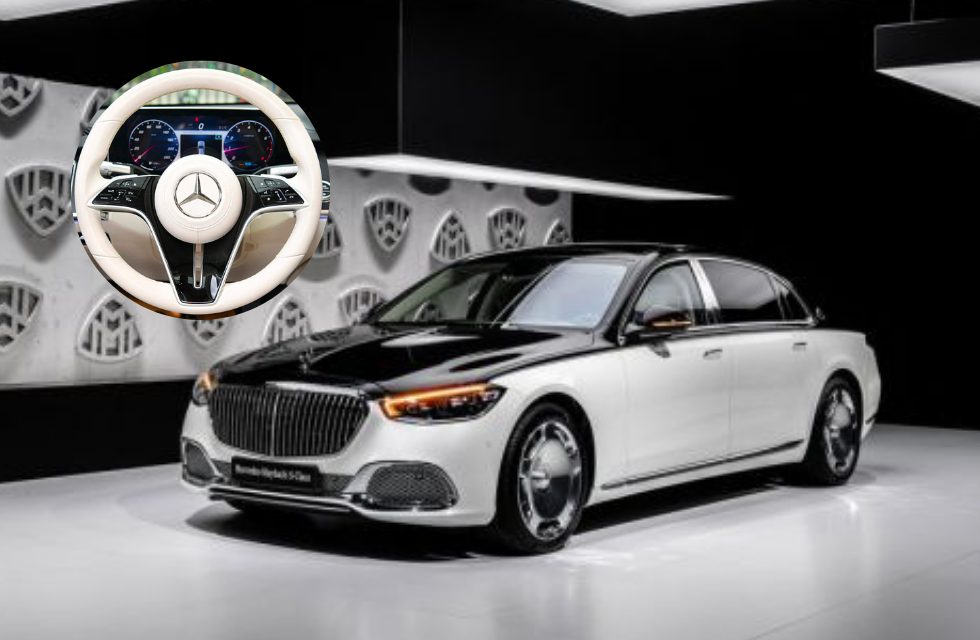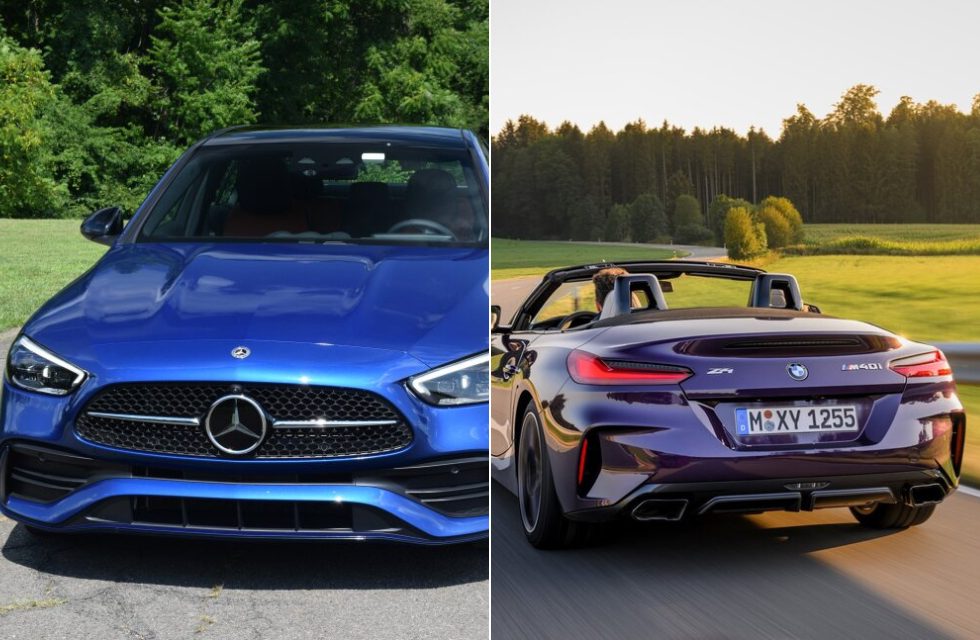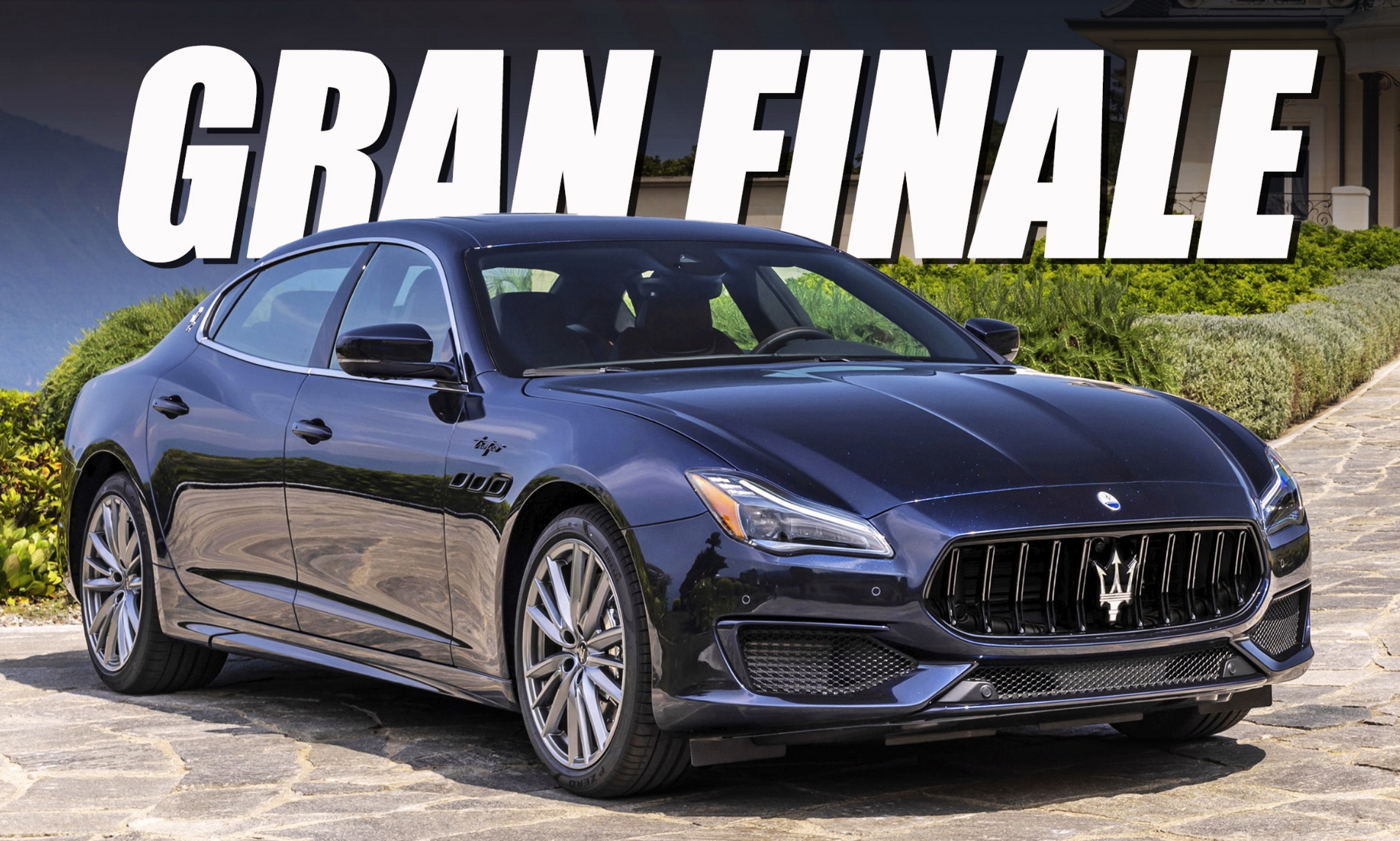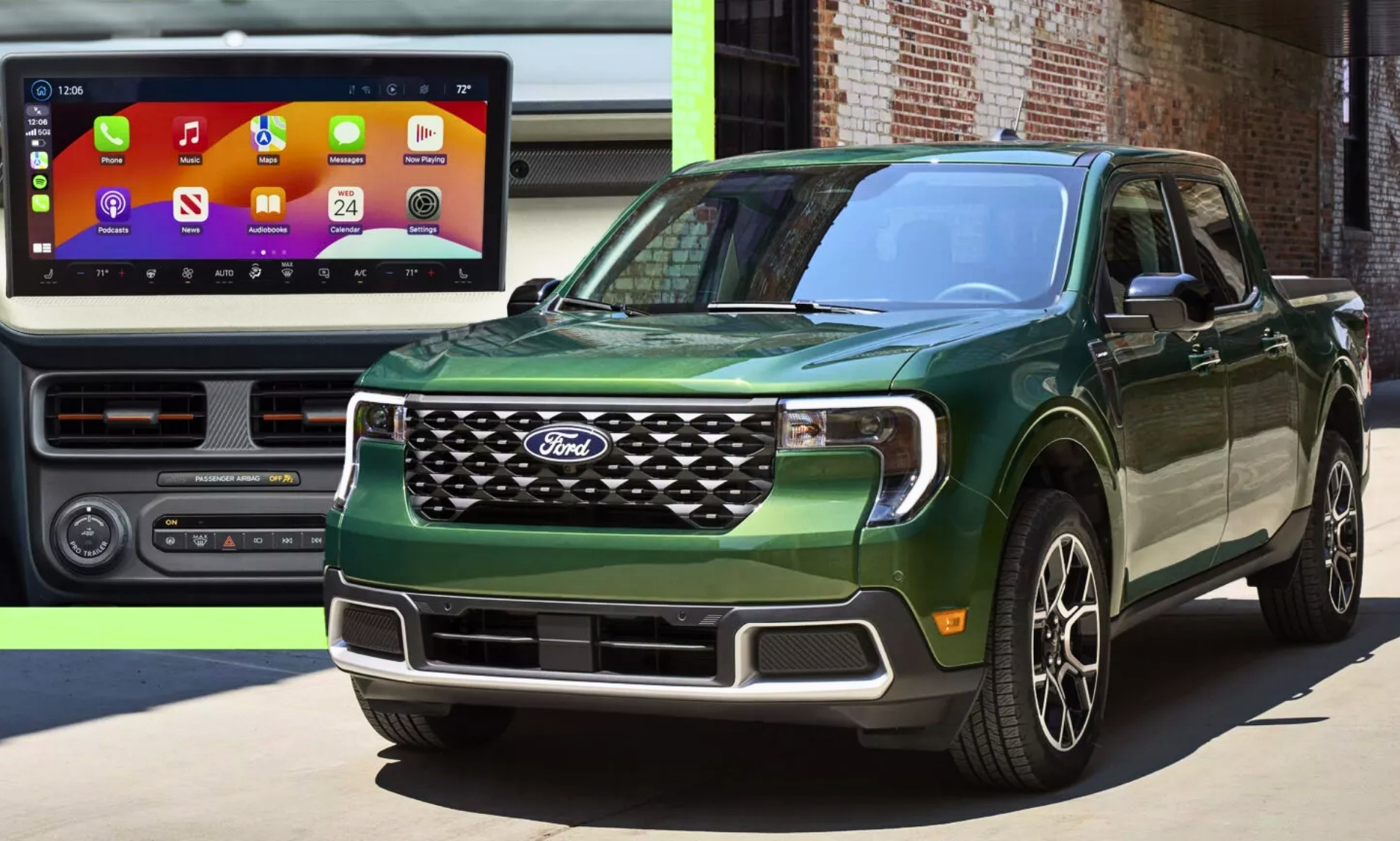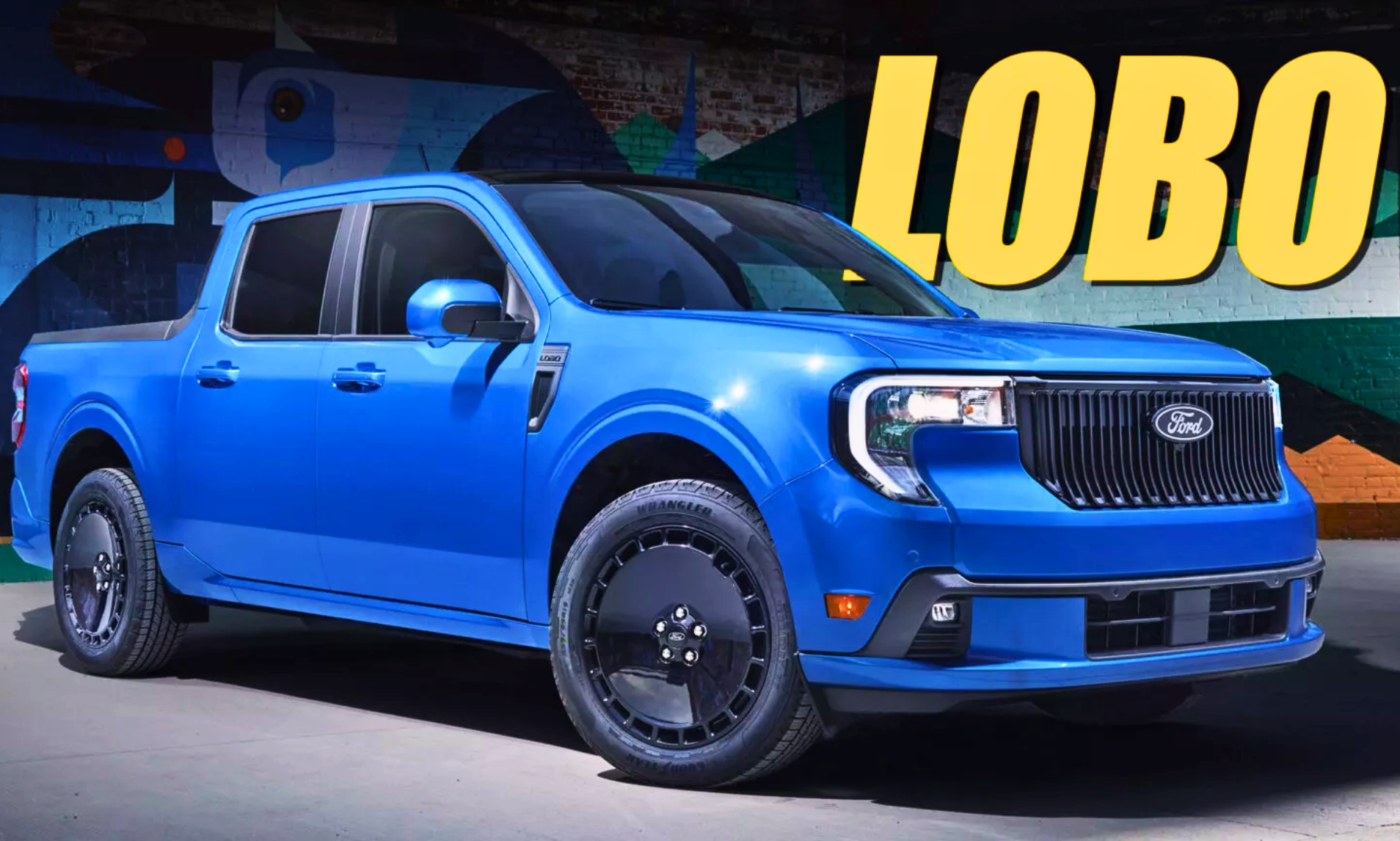Jeff Segal has some nerve. Talent, too, as a former LeMans, Daytona and Sebring winner and longtime Ferrari Challenge coach. But the Ferrari 458 Speciale we’re ogling at a Connecticut coffee shop is one of the greatest, sensation-soaked performance cars of recent decades.
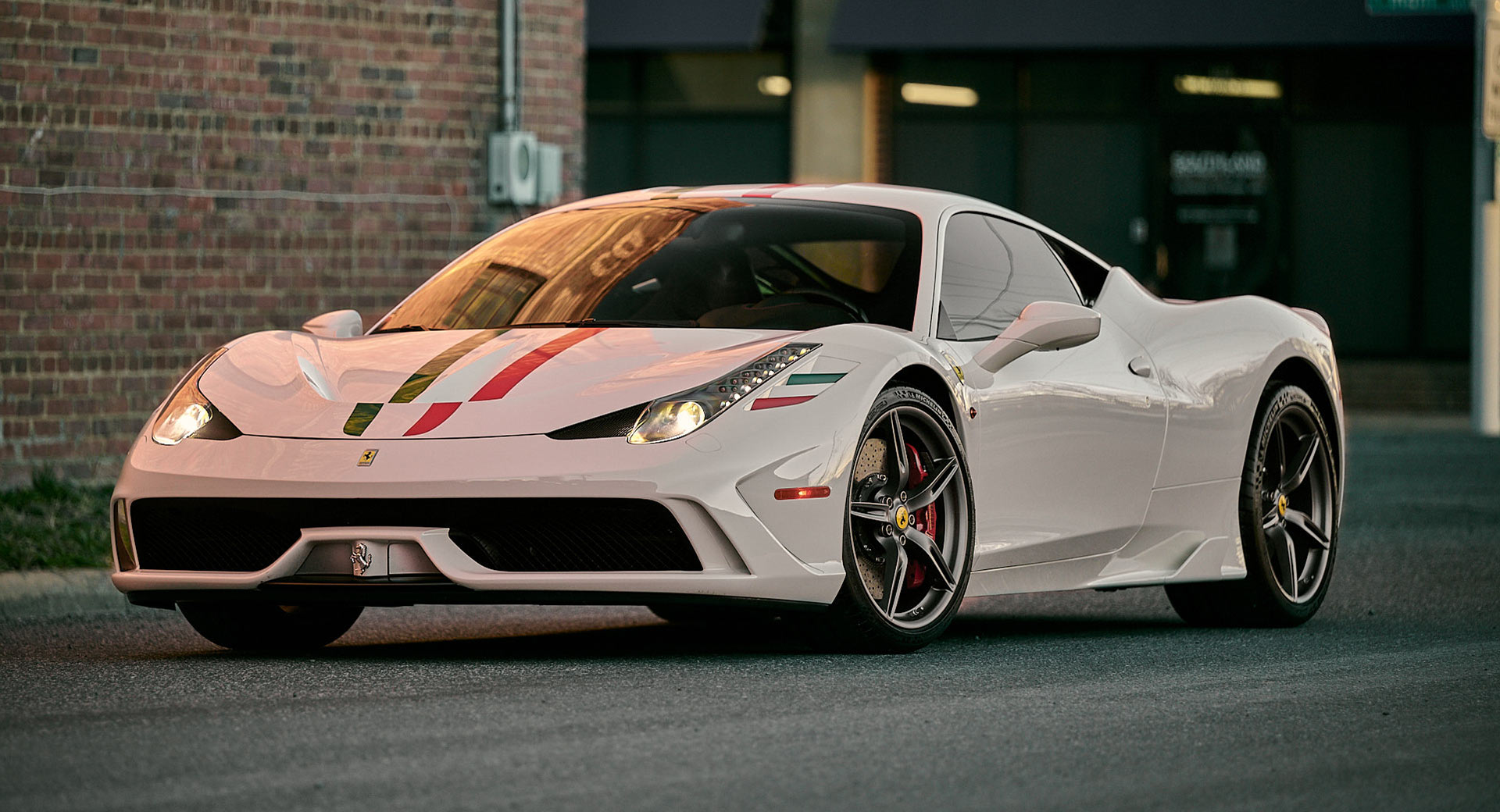
I felt it in my jet-lagged bones the first time I drove one at Fiorano in 2013, accompanied by another LeMans winner, the Spanish driver and former F1 pilot Marc Gené. Saying you’re going to improve a 458 Speciale is like saying you touch up Caravaggios in your spare time, because the light isn’t quite right.
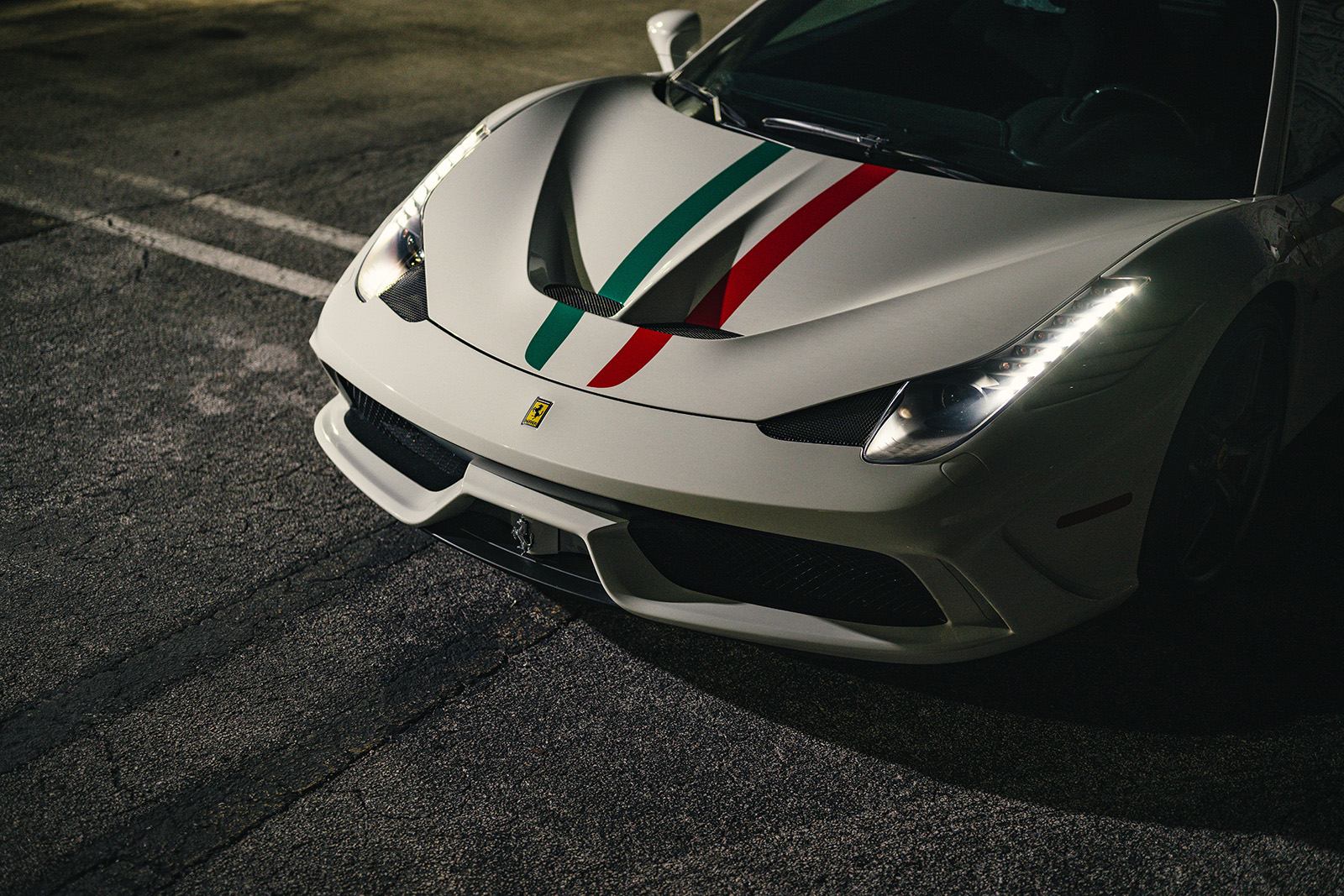
The Speciale may have boasted the last naturally aspirated, aurally unfiltered Ferrari V-8 in series production. Yet the Speciale did without another sensory connection: A manual transmission. And not just any manual, but a metal-gated lever of the uncompromising, clickety-clack variety. It’s the straw that stirred the drink in many of Maranello’s most bracing concoctions, from the Pininfarina-blessed 330 GTC of 1966 to the F40.
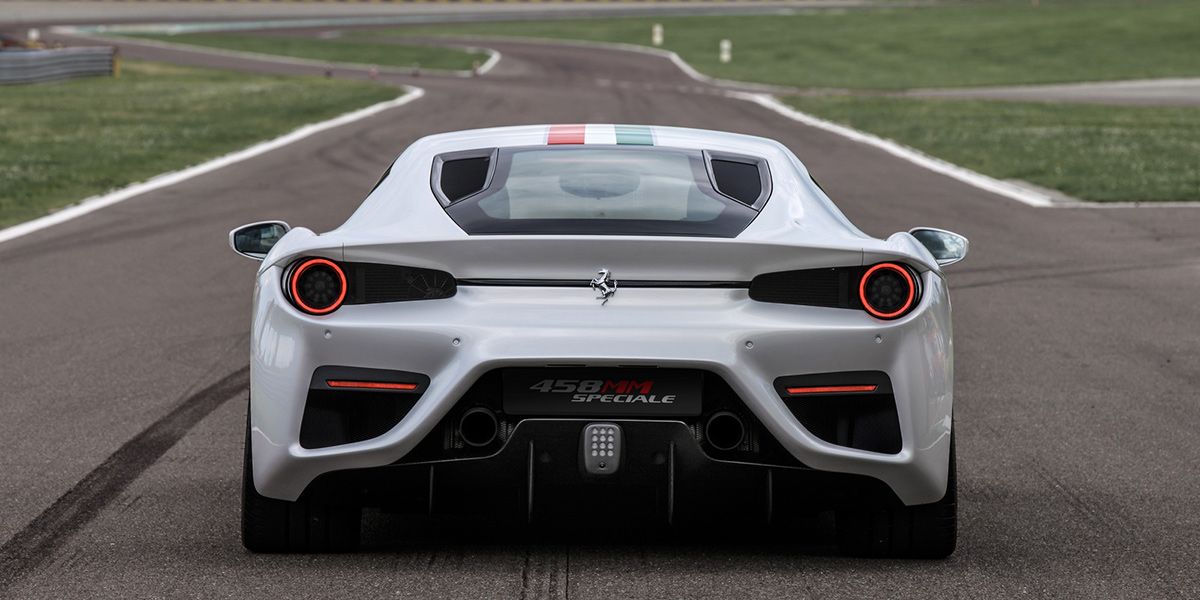
Then Ferrari steadily closed off its gated community. Back in 2014, I tracked down and drove the last manual Ferrari ever imported to America, a 2009 599 GTB Fiorano V-12 briefly owned by actor Nicolas Cage, now in the hands of a passionate owner in Washington state. Starting in 1997 on the mid-engine 355, Ferrari added its F1-derived, electrohydraulic gear-and-clutch command system — developed by Ferrari and Magnetti Marelli — to what was otherwise a conventional single clutch-plate manual. About 75 percent of Tifosi chose the stick over the automated interloper that would drive the company’s manuals to extinction in just 12 years, the way AI may render humans irrelevant. And when Ferrari began developing its dual-clutch gearbox in 2004, 20 percent of owners were still keeping the manual faith, as Ferrari’s then-technical director Roberto Fedeli told me in 2014.
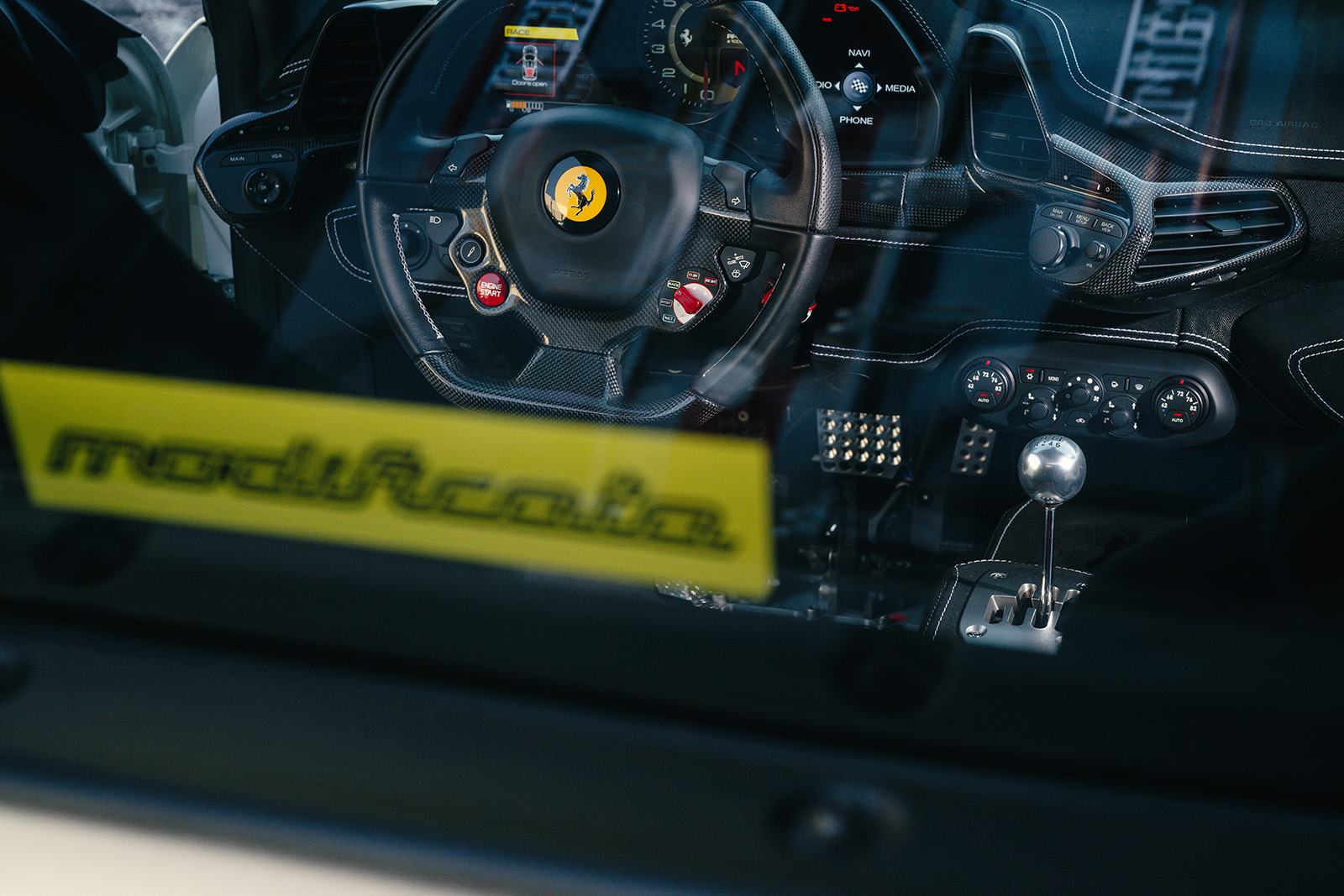
The stick remained firmly in the mix when Ferrari developed the California convertible, with the real decision between a single-clutch automatic and a smoother dual-clutch unit the company struggled to make work with high-horsepower engines. In 2008, the company built about a dozen manual Californias to homologate the car for various markets, and shipped them to dealers as demo models. But then the unthinkable happened: Nobody bought them, aside from one customer in California and another in Japan.
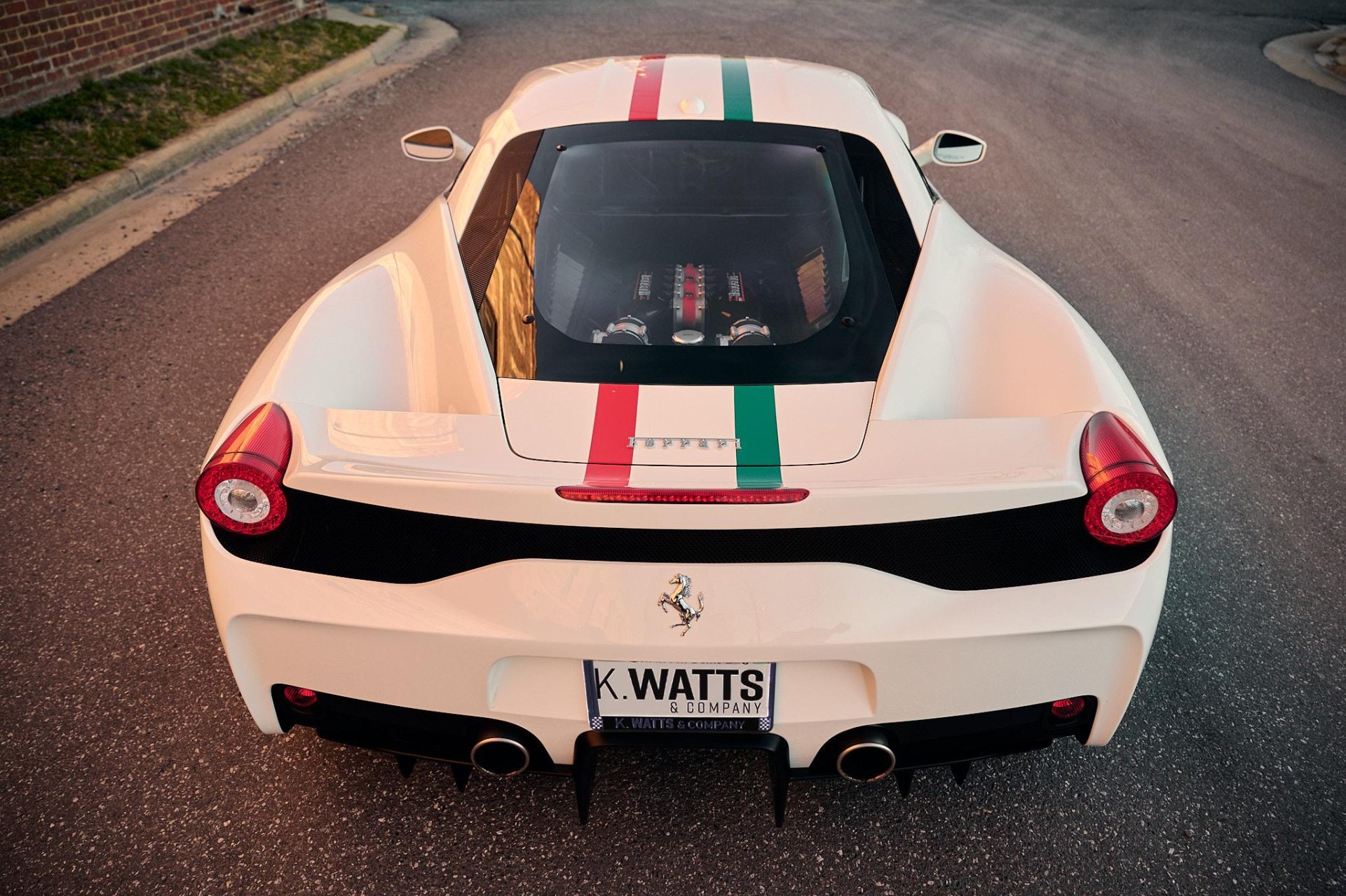
“We thought the market still demanded a manual,” Fedeli said. Ferrari quickly scuttled plans to keep offering a stick on other models in the lineup. Don’t-blame-us stories aside, Ferrari and dealers also put thumbs on the scale to discourage manual ownership, going all-in on the promise of faster, easier, more-accommodating Ferraris. Many dealers, their business model dependent on quickly flipping lightly-driven Ferraris, scared off prospects by insisting they’d never find a willing buyer for their own used three-pedal car. The last manual Ferraris, a pair of 599’s, rolled off the assembly line in 2011, ordered by two Hong Kong collectors.
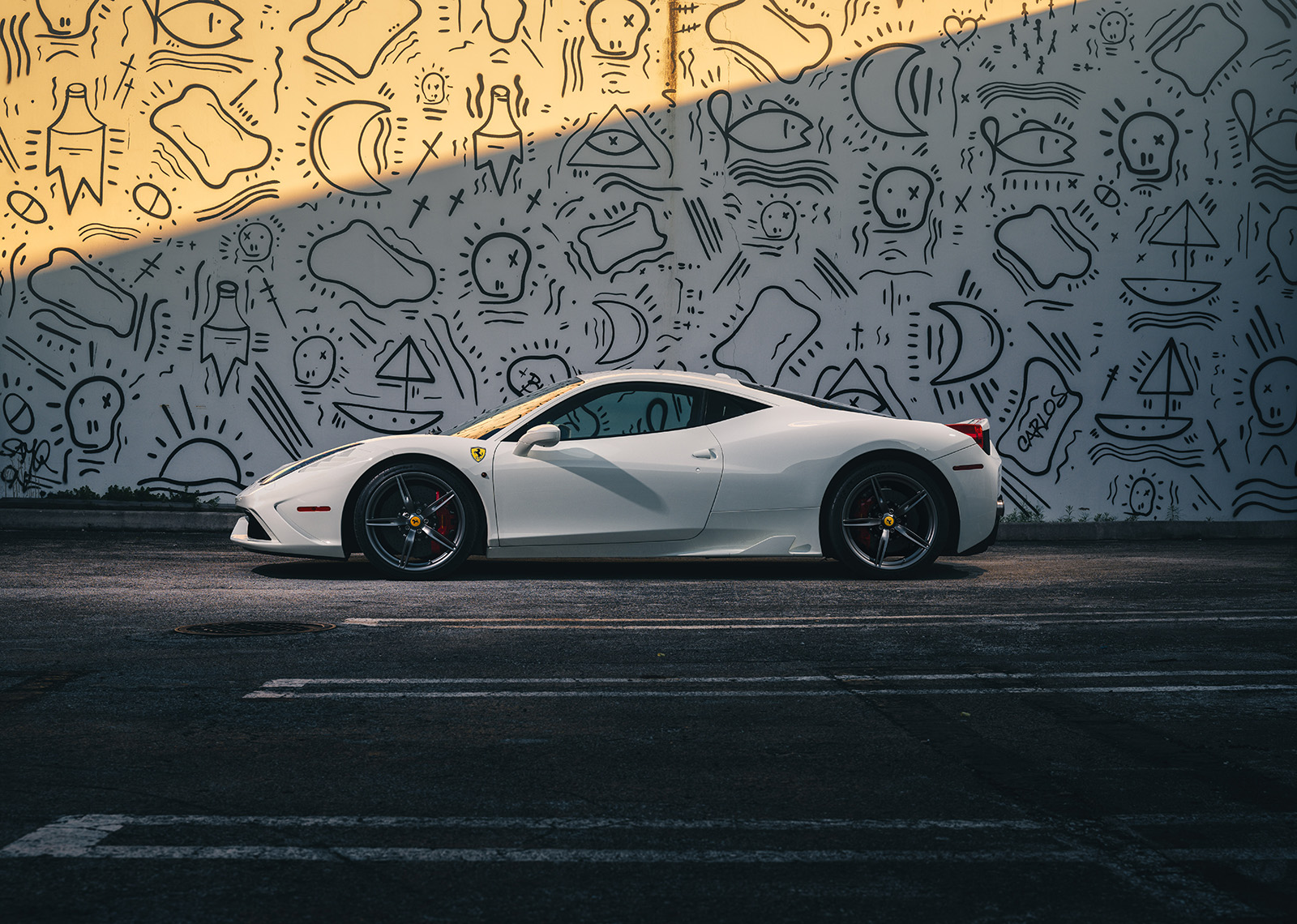
Which brings us to the coffee shop in Sharon, where Segal’s fantasy stick-shift 458 Speciale — in frozen-yogurt white, licked by an Italian-flag racing stripe — is here to remind me everything I’ve forgotten about proper heel-and-toeing.
As it turns out, the 458 has no recollection of its 3.5-year surgery, perhaps a case of PTSD from having its rabbit-eared paddle shifters shorn away. With that automated gearbox plugged deeply into the car’s matrix of F1-derived systems, from its electronic differential to the traction-apportioning Side Slip Control that debuted on the Speciale, Segal and Co. found their biggest technical challenge was to transform the gearbox without compromising the car’s digital-backed performance or operation.
“The interconnectivity of the car made it way more difficult to tinker with” than his previous Modificata cars, including a 355 and its ’90s tech.

A dainty red Manettino lever still flicks through its unsullied driving modes. A pushbutton “bumpy road” setting is still best for tire compliance on most any public road, here with gummy Michelin Pilot Sport Cup 2 tires. That 3.5-year reengineering of an otherwise stock Speciale — please don’t call it a “manual swap,” says the otherwise copacetic Segal — was somehow accomplished without cracking and reprogramming the car’s ECU, a process Segal says never produces worthwhile results on Ferraris anyway.
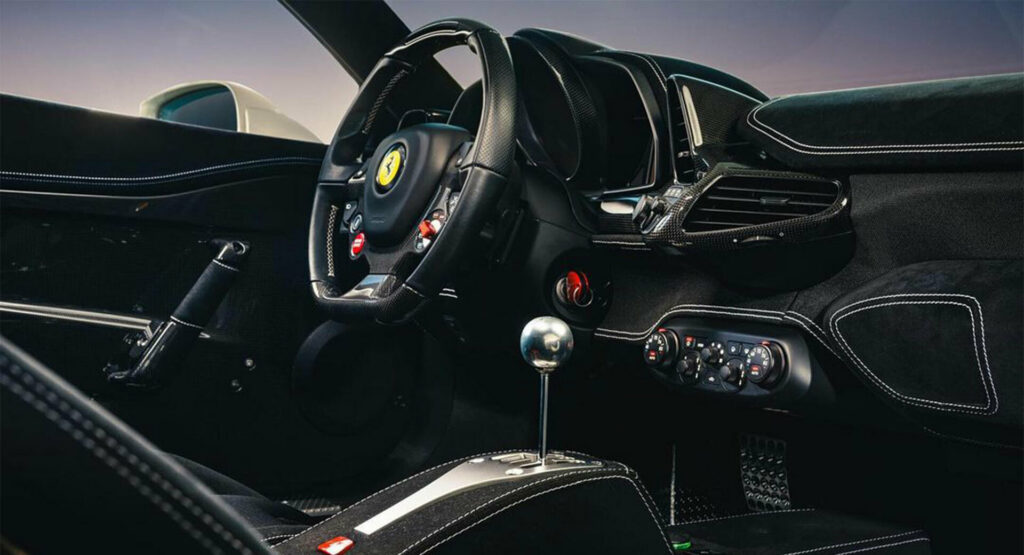
The puzzle extended to frustrating-yet-necessary stuff you’d never consider until you tried to work with or around it, such as reverse lights, shift indicators, or an electronic parking brake that engages when the driver’s door is opened. But in every way, Segal says, “the car is blissfully unaware” that a slender phantom limb now sprouts from a custom-made, Alcantara-topped center console.
“The car still has to think it’s what it was before,” he says. “It’s expecting communications from the dual-clutch. When you’re in Neutral, it thinks it’s in Neutral.”
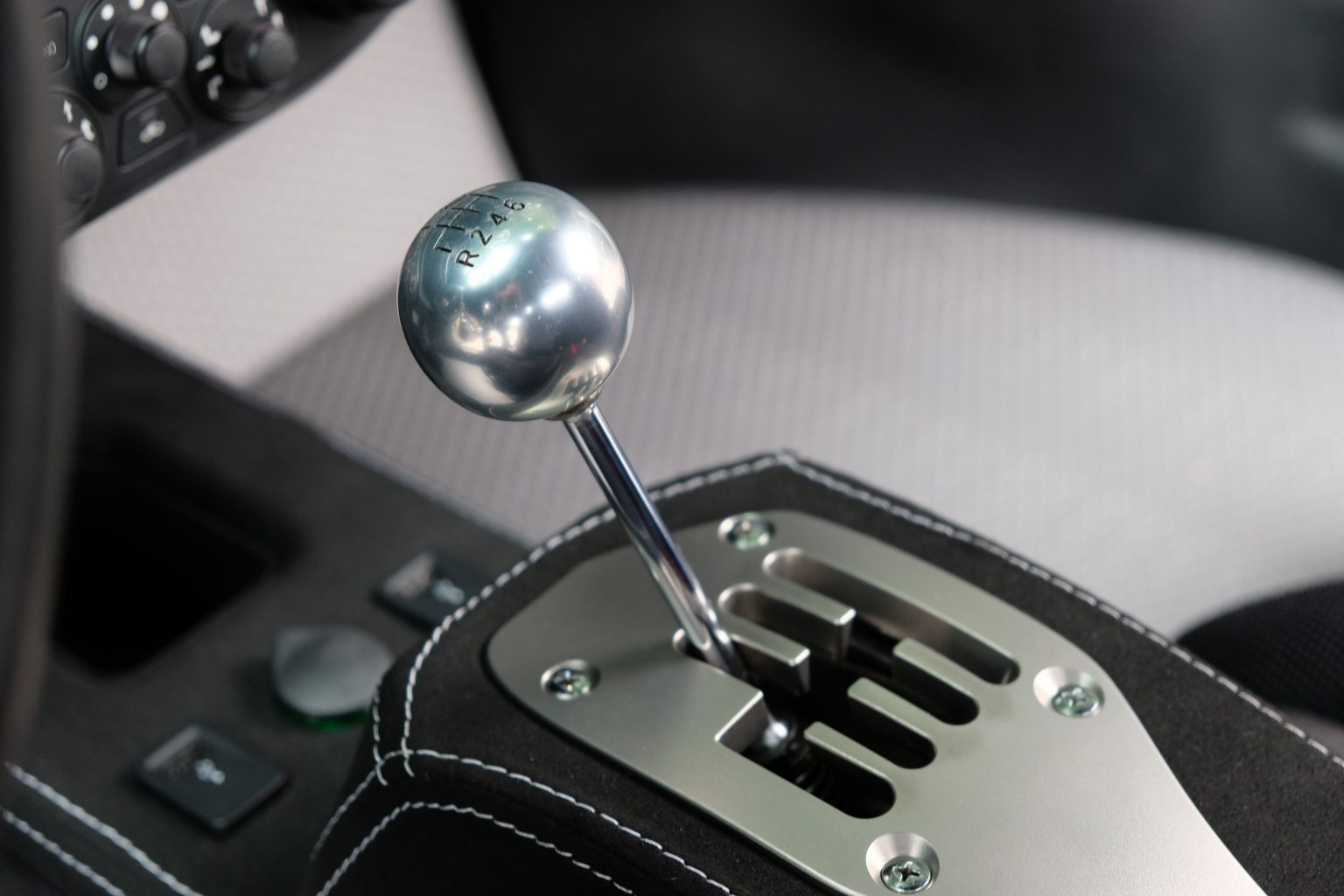
The lever’s cueball top stands ready to be caressed or cursed through six forward speeds. It slots easily into first after I press the “start” button. The 4.5-liter, diorama-displayed V-8 offers a chewy rumble, a taste of the flat-cranking pleasure to come. Just a decade ago, the Speciale boasted the highest specific output of any production V-8 in history, wringing 596 horses from a 4.5-liter displacement via a 14:1 compression ratio
Conducting this rarefied V-8 through a stainless-steel baton, to shrieking 9,000-rpm crescendoes, offers a closer brush with greatness. The cabin becomes a mosh pit of mechanical sound, all whooshing induction noise and ripping sawtooth frequencies. The smell of oil rises from the transmission’s depths. That’s amplified by a standard cabin with no sound deadening or carpeting, just thin composite floor sheets.
Segal freely admits his creation couldn’t match the lap times or trap times of the original, with its tighter-spaced seven speeds and gear changes in 30 magical milliseconds. But objective speed isn’t the point here.
“You’ve got all the feels, all the visceral sensation, but there’s more of a mental challenge,” he says.
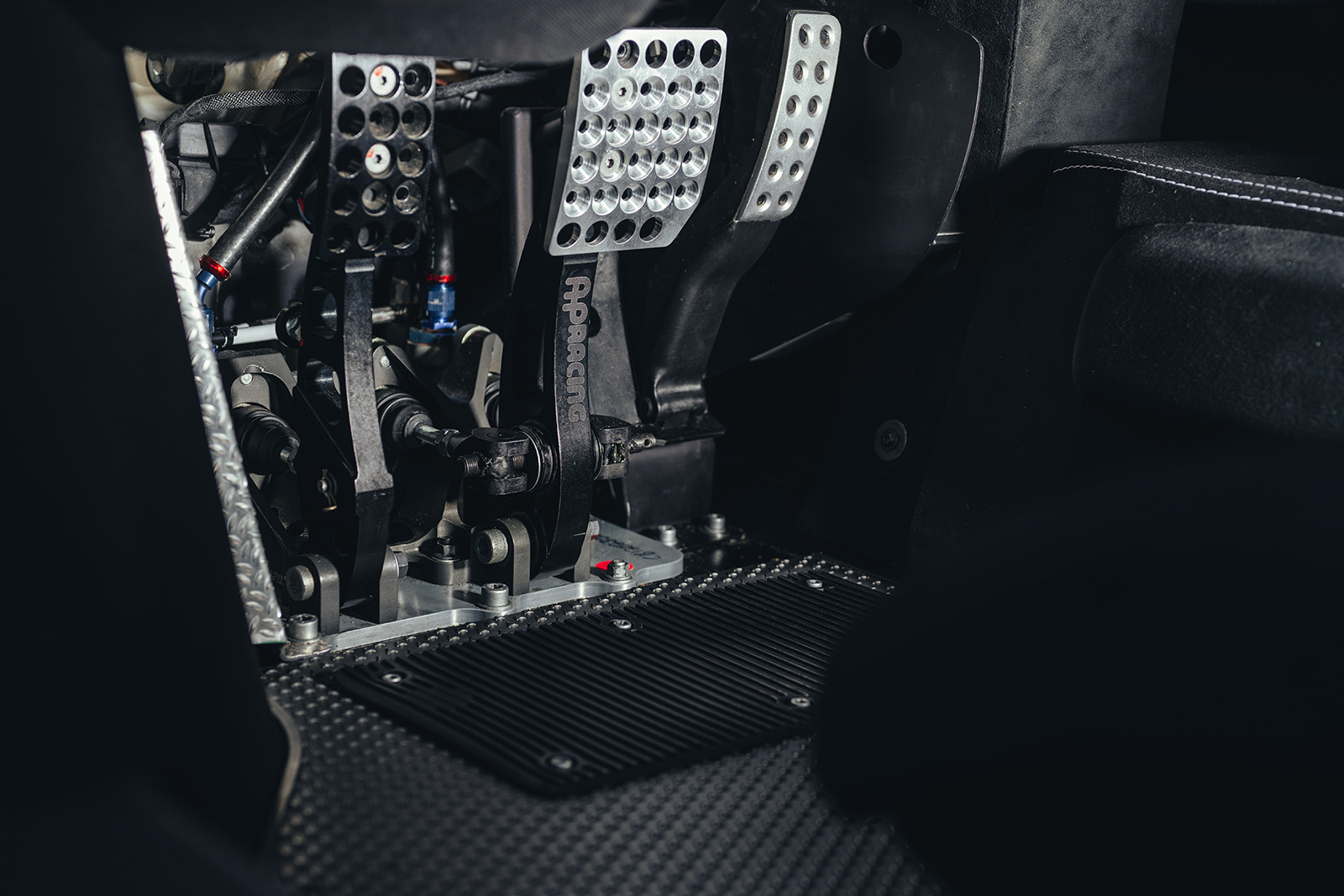
The car proves a physical challenge as well, especially for my out-of-practice feet that make me feel like a newbie learning the Tarantella. With no room for three underslung pedals, Segal took a cue from his 458 GT3 racers, a lightweight AP Racing footbox with floor-mounted pedals. The stock carbon-ceramic brake system itself comes straight from the LaFerrari hypercar. That pedal and reworked master cylinder were painstakingly tuned for a wide bandwidth of sensitivity. Pedal effort is high, but not so burly to feel you’re performing one-legged squats.
As a pro shoe, Segal couldn’t resist a more track-spec setup, including a slightly dipping nose and wheel camber changes to get the Speciale more “up on its toes” and reactive to steering. Whatever he did, it works: The Speciale is as alert as a guard dog at the Adderall factory, but with a purebred Italian howl.
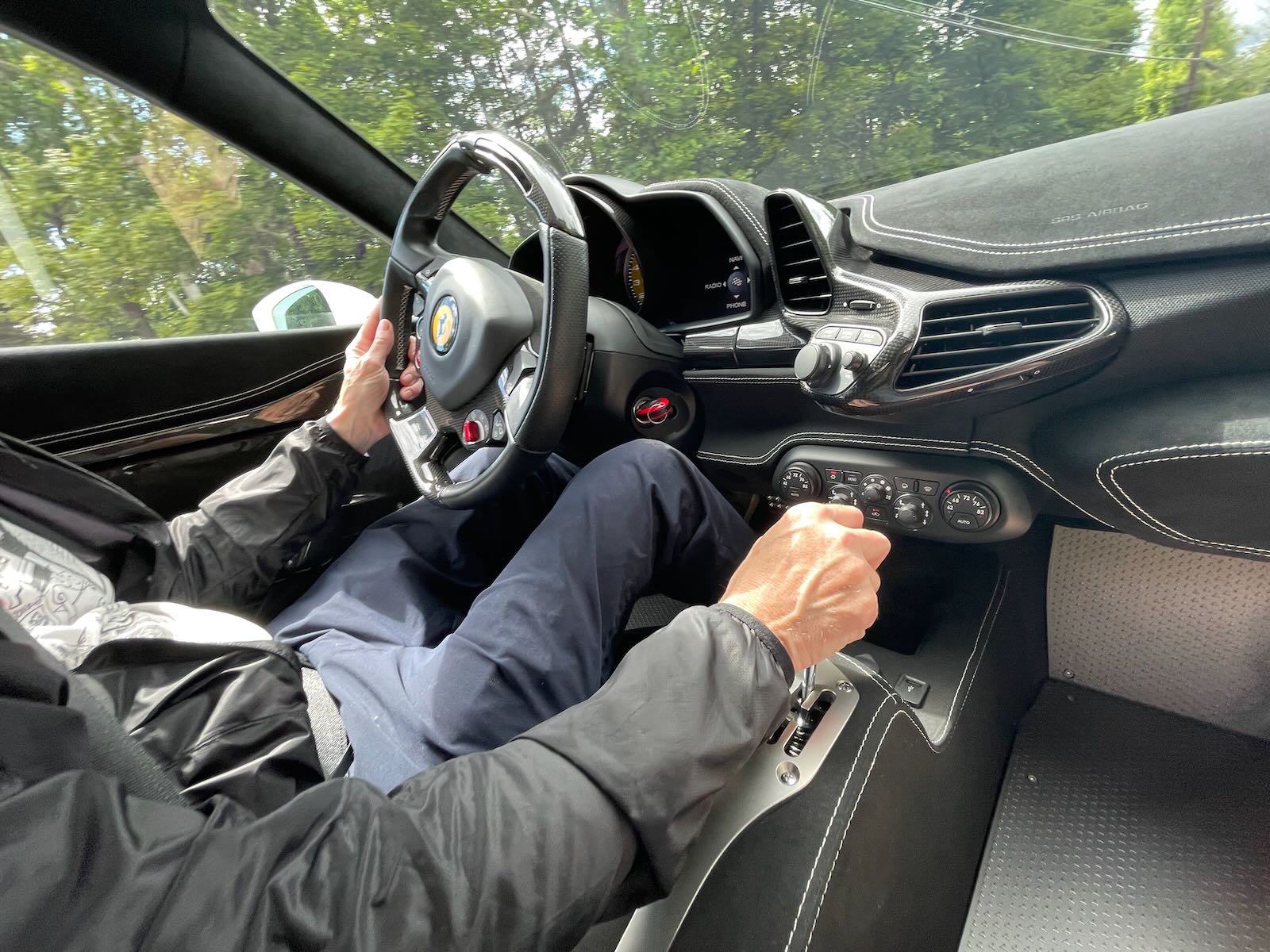
The racing-style clutch is actually easy-peasy, including a much shorter stroke than a showroom car, its take-up point barely off the floor. Ditching the dual-clutch trimmed about 130 pounds, leaving the 3,075 pounds that Ferrari had claimed as the original’s official curb weight. That automatic naturally hogged far more space below the V-8, leaning far out over the rear axle. Where Porsche parts tend to mix-and-match and snap together like Legos, Segal says, Ferraris are more individual, down to their mounting points. It all demanded endless calculations to figure out how to best package a manual.
Segal remains cagey about some of the fairy dust that he and his anonymous team — including racing colleagues, Ferrari master mechanics and parts experts — sprinkled throughout the car. Everything from the lightweight flywheel back is new, of course. Segal will say that most transmission components are OEM Ferrari. Segal recruited an expert with deep knowledge of these fabled Italian gearboxes to properly adjust dual cables that connect to a rear transaxle. Inner edges of shifter gates are chamfered at a just-so angle, to let the shift rod glide like butter. OK, not quite Audi R8-butter, whose gated shifter doesn’t actually touch its retro-styled metal slots. But it’s easy enough to pivot — until you start picking up the pace.
I don’t grind any gears during my stint, thankfully. But on these roads cut through Connecticut pasture and small towns, the Ferrari arrives into corners so quickly that I’m not fully prepared for the trickiest three-to-two downshifts. This ain’t no Mazda Miata, or even a Porsche Boxster.
Graciously donning his coaching hat (helmet?), Segal says “it was hard to drive this car and not feel it was my first time driving a manual transmission.
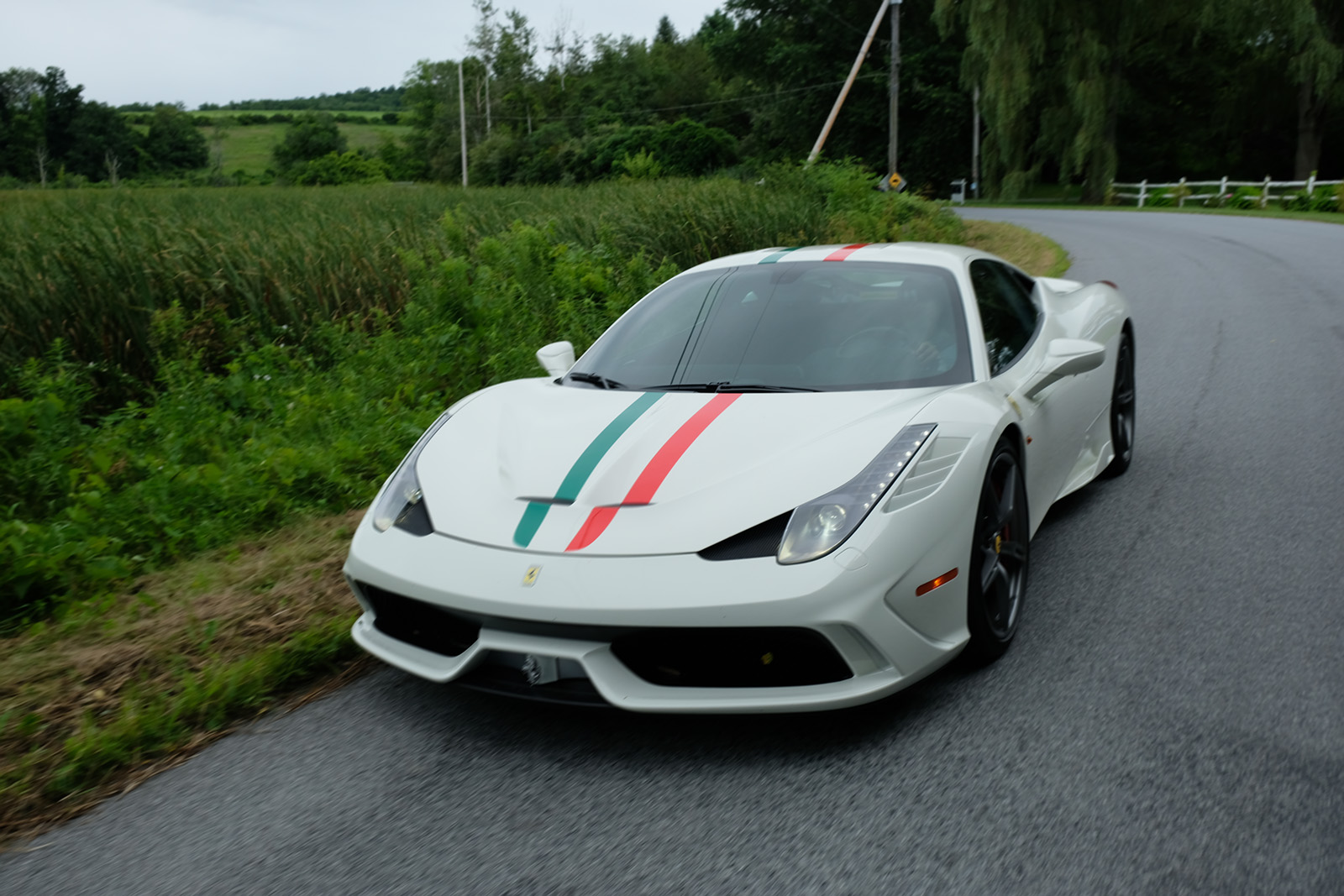
“I hate having a bad shift in this car, it really irks me, but it happens. But then when you get the next one right, it’s more satisfying.”
Segal makes a telling analogy with the Porsche Carrera GT, whose size and power-to-weight ratio is right atop his Modificata.
That Porsche’s notorious reputation as a wall-basher and widowmaker, Segal says, had nothing to do with its chassis dynamics, and everything to do with its manual. It forced amateurs and talented drivers alike to manage braking and shifting simultaneously and drop one hand off the steering wheel, sometimes just as they were making a fateful mistake to upset the car.
“That Porsche is a car that will bite you, and so is this,” Segal says, despite his Speciale’s readiness for controllable slides. “Things happen so much faster, and that’s when things don’t necessarily go well.”
Segal says his hands always want to double-clutch a downshift, but that engine revs fall so quickly that it’s mostly impossible. With Segal’s sage advice, I begin to pick up the proper hand speed and single robust throttle blip, all while maintaining brake pressure, which actually turns out better the less I think about it.
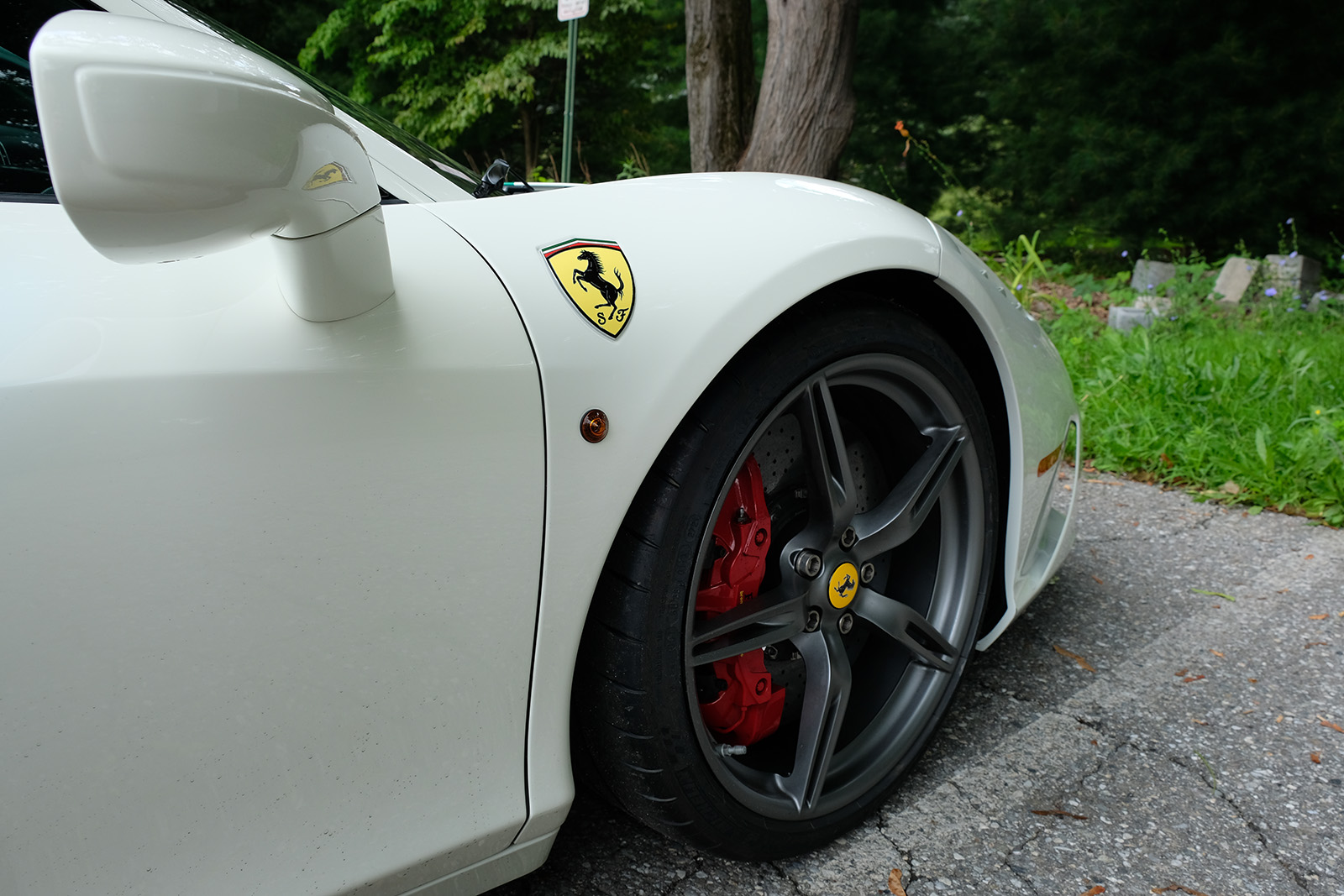
Dark clouds appear and wipe the sky like oily rags, a sign of a downpour to come. As the weather darkens, so do my thoughts. This whole time, I could have been leaving the Ferrari in third gear and gunning my way through corners, concentrating on braking zones and apexes like I would in any dumbed-down automatic. I can’t recall driving a supercar and spending so little seat time looking to blur the background and flirt with handling limits. (Which is increasingly hard to do in supercars like this Speciale, which can pull, oh, 1.33 g’s). Instead, I’ve spent most of my time practicing heel-and-toe downshifts.
Then I realize I’ll be back in those paddle-thwacking cars soon enough. The 458 Speciale Modificata has layers that need peeling, secrets it’s not willing to give away in the first minutes or hours. That’s exactly why Segal built it, even if he has no plans to sell it. The Speciale is Segal’s twelfth Modificata car, and like the others functions as both a deeply personal expression and a professional calling card.
I hand the Ferrari back to Segal, unwillingly, so he can have his own return fun through Connecticut. He leaves me with this. The current spec of supercars and hypercars is incredible, but those cars are converging on a single formula: Forced induction, hybrid helpers, superfluous horsepower and, above all, accessible performance.
“Don’t get me wrong, their driving experience is unbelievable, but there’s nostalgia for something a little different,” he says. “This car has all the pace, acceleration and handling, but you’ve got work to do.”
“It’s an infinitely more interesting and engaging road car.”
Source: theautopian.com

